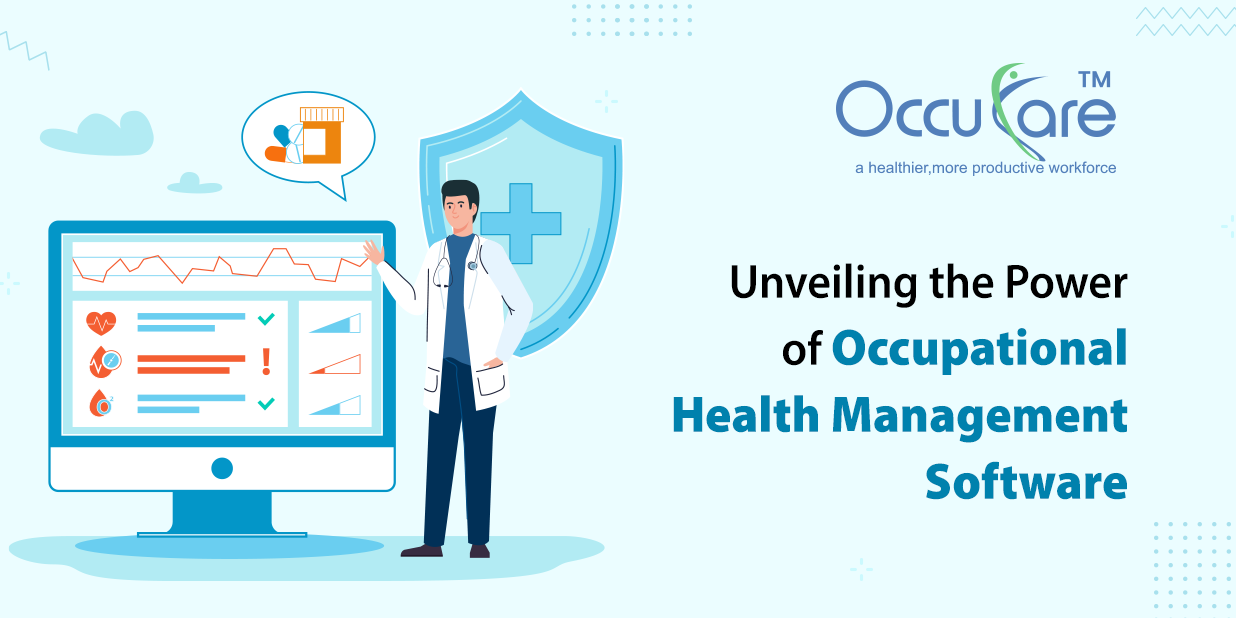Increasing the quality of your Environmental, Health, and Safety (EHS) procedures is crucial for any successful firm in an increasingly complicated regulatory context. Putting money into a strong EHS system can change the way you handle compliance, expedite processes, and promote a safety culture. This blog will discuss how EHS management software may transform your EHS management software and all its advantages.
1. Understanding the EHS System Landscape:-
A robust system is the cornerstone of efficient EHS management. These kinds of solutions are made to make compliance easier to understand and to improve operational effectiveness.
Role of EHS Management Software:
It makes it possible for businesses to oversee, record, and manage EHS actions in real time. Maintaining compliance and putting preventative measures in place to guarantee worker safety depend heavily on this visibility.
Components of an Effective EHS Software:
Environmental impact assessments, training management, compliance management, and incident reporting are typical examples of these components. Including these components in a single EHS system improves accountability and efficiency.
2. Streamlining Compliance with EHS Management Software:-
The capacity of an EHS management system to simplify compliance procedures is one of its main benefits. Maintaining compliance can be difficult given how regulations are constantly changing.
Automated Compliance Tracking:
Organizations can automate compliance tracking and stay in compliance with local, national, and international requirements by utilizing an efficient system. This feature minimizes the chance of non-compliance and drastically lowers the administrative burden.
Real-Time Reporting and Dashboards:
Real-time data and dashboards that show compliance status briefly are provided by EHS Software. Because of this visibility, organizations can move fast when necessary and make well-informed decisions.
3. Enhancing Safety Culture through EHS Management Systems:-
A robust safety culture is essential to any organization’s success. Businesses can encourage a proactive safety culture among their staff members by putting in place a thorough OccuCare system.
Centralized Training Management:
It is ensured that all employees receive the required training on safety procedures and compliance standards by centralizing training activities inside your system. This improves safety while reiterating how crucial compliance is to the entire company.
Incident Management and Reporting:
Incidents can happen in any workplace, even with the best precautions taken. Organizations may efficiently manage and report events with the help of strong software.
4. Leveraging Data Analytics for EHS Success:-
Utilizing analytics within your EHS management system is essential for promoting performance improvements and strategic decision-making in the big data era.
Data Driven Insights:
Organizations may gather and examine enormous volumes of data about environmental impact, safety, and compliance with the help of an advanced System. Businesses can improve overall EHS performance by making well-informed decisions based on actionable insights derived from this data.
Predictive Analytics:
The EHS software’s predictive analytics feature can assist companies in foreseeing possible risks and hazards. Companies can proactively implement actions to manage risks before they escalate into significant difficulties by detecting trends and patterns.
5. Integrating EHS Systems with Businesses Operations:-
Integrating your EHS management system with current corporate operations and procedures is crucial to maximizing its efficacy.
Seamless Integration with Other Systems:
This integration promotes a comprehensive approach to safety and compliance by ensuring that EHS considerations are ingrained in all facets of business operations.
Enhancing Communication and Collaboration:
Organizations may guarantee that everyone agrees with safety and compliance goals by dismantling organizational silos, which will ultimately lead to better results.
Usability and User Experience:
Your EHS management system’s usability is crucial. An interface that is easy to use promotes staff involvement and makes adoption easier.
Scalability and Flexibility:
Your organization’s EHS requirements will grow as it does. Select an EHS system that is scalable so that it can change to meet your changing needs.
6. Implementing Your EHS System: Best Practices
To guarantee a seamless installation process, consider the following best practices.
Engage Stakeholders Early:
Include important parties in the EHS system’s implementation process from the beginning. Involving staff members, supervisors, and pertinent divisions will promote a feeling of responsibility and guarantee that the system satisfies organizational requirements.
Provide Comprehensive Training:
Make certain that every user receives in-depth instruction on the features and advantages of the system. Employees will be better equipped to use this system as a result.
7. Future of EHS Management Systems:
The field of EHS management software is changing as technology develops. Organizations may get the most out of their EHS initiatives by keeping up with changing trends.
Mobile Accessibility:
It is essential to be mobile accessible in the fast-paced world of today. Employees can report events, access training materials, and manage compliance while on the road with the use of mobile applications that are frequently included in modern Safety Software packages.
Conclusion:
Putting money into a strong system is a calculated step that will improve sustainability, safety, and compliance in your company. Effective EHS software may help you create a strong safety culture, expedite procedures, and make data-driven choices.
Now is the perfect moment to step up your EHS game. You are not only guaranteeing regulatory compliance but also building the foundation for a safer, more sustainable future for your company and its stakeholders by leveraging the power of an integrated OccuCare system. Accept this change and start using your EHS initiatives to their greatest potential right now!





